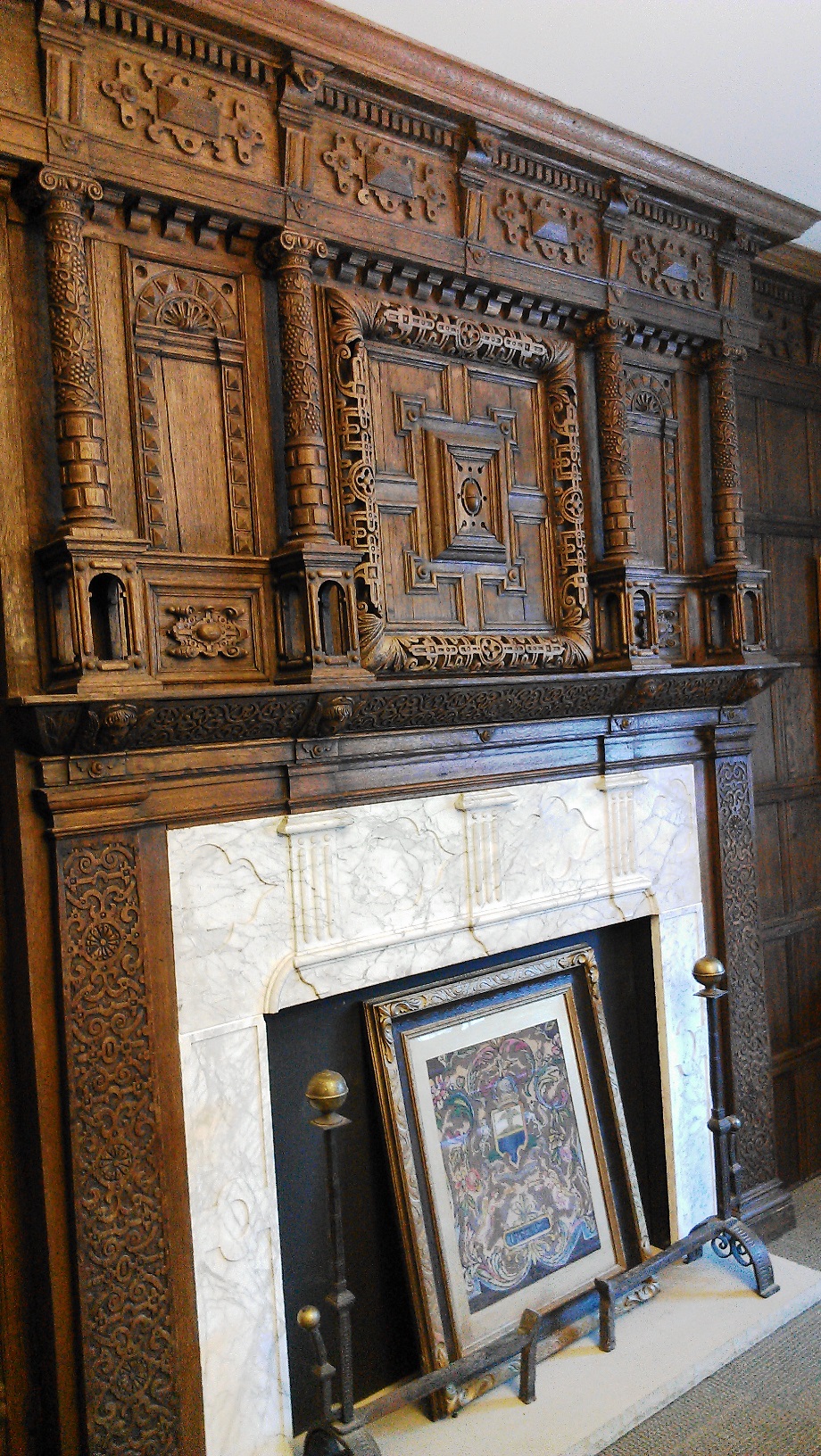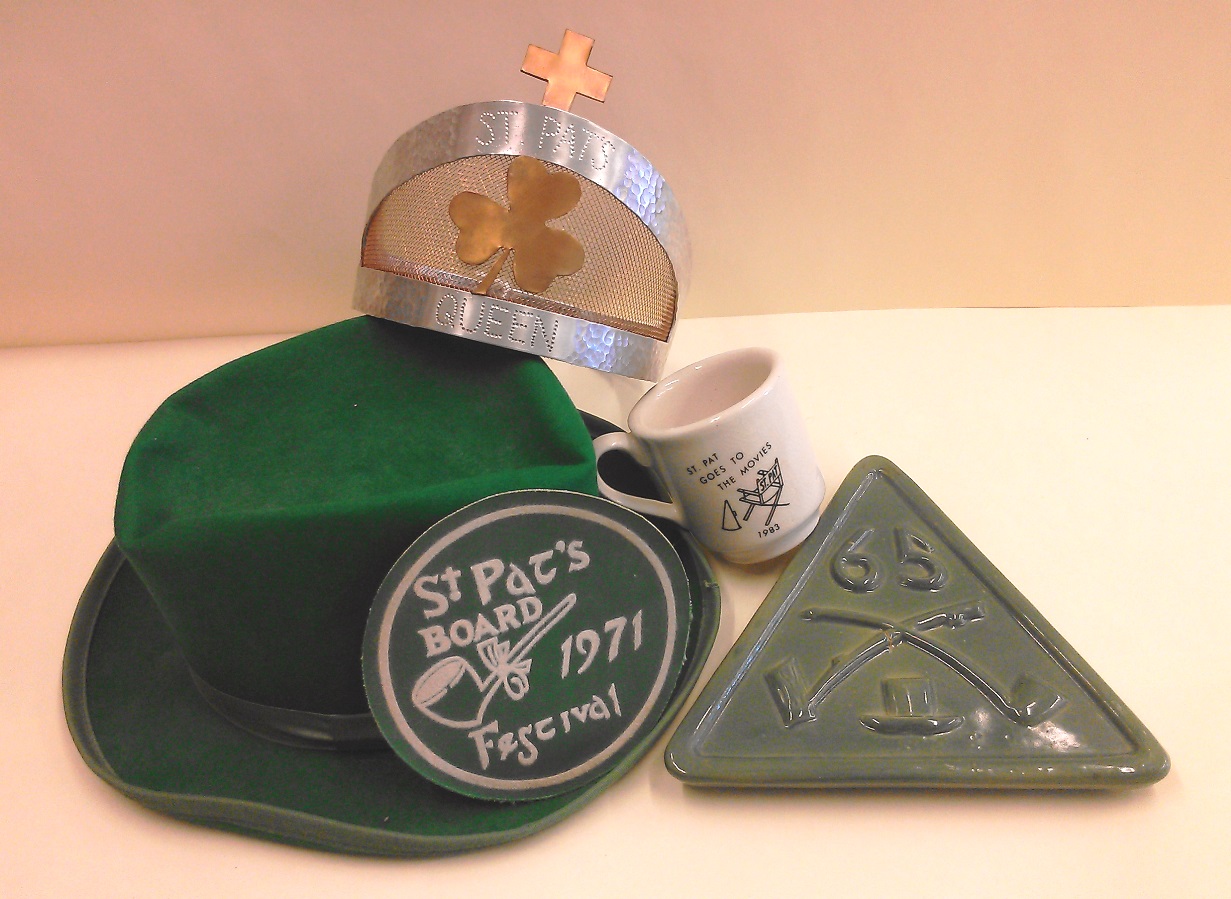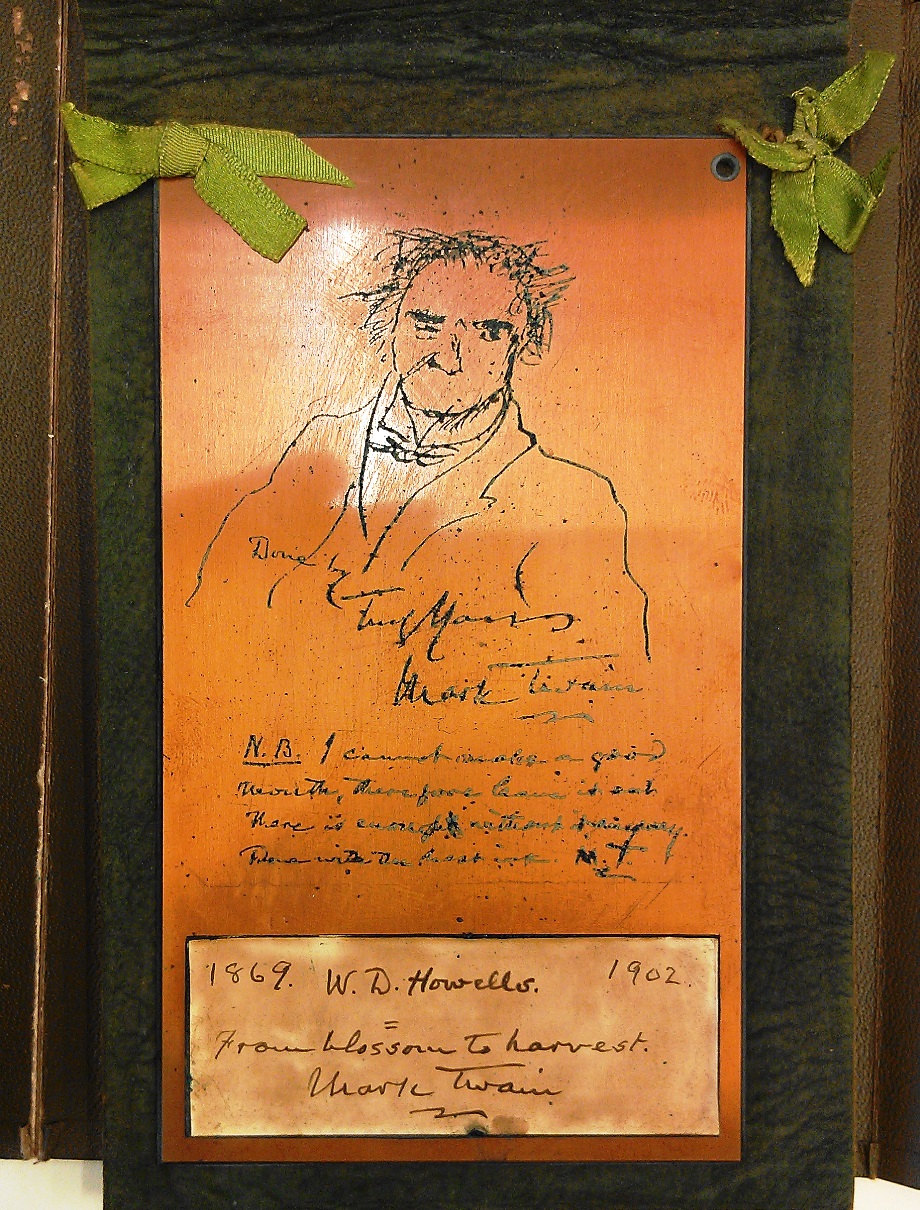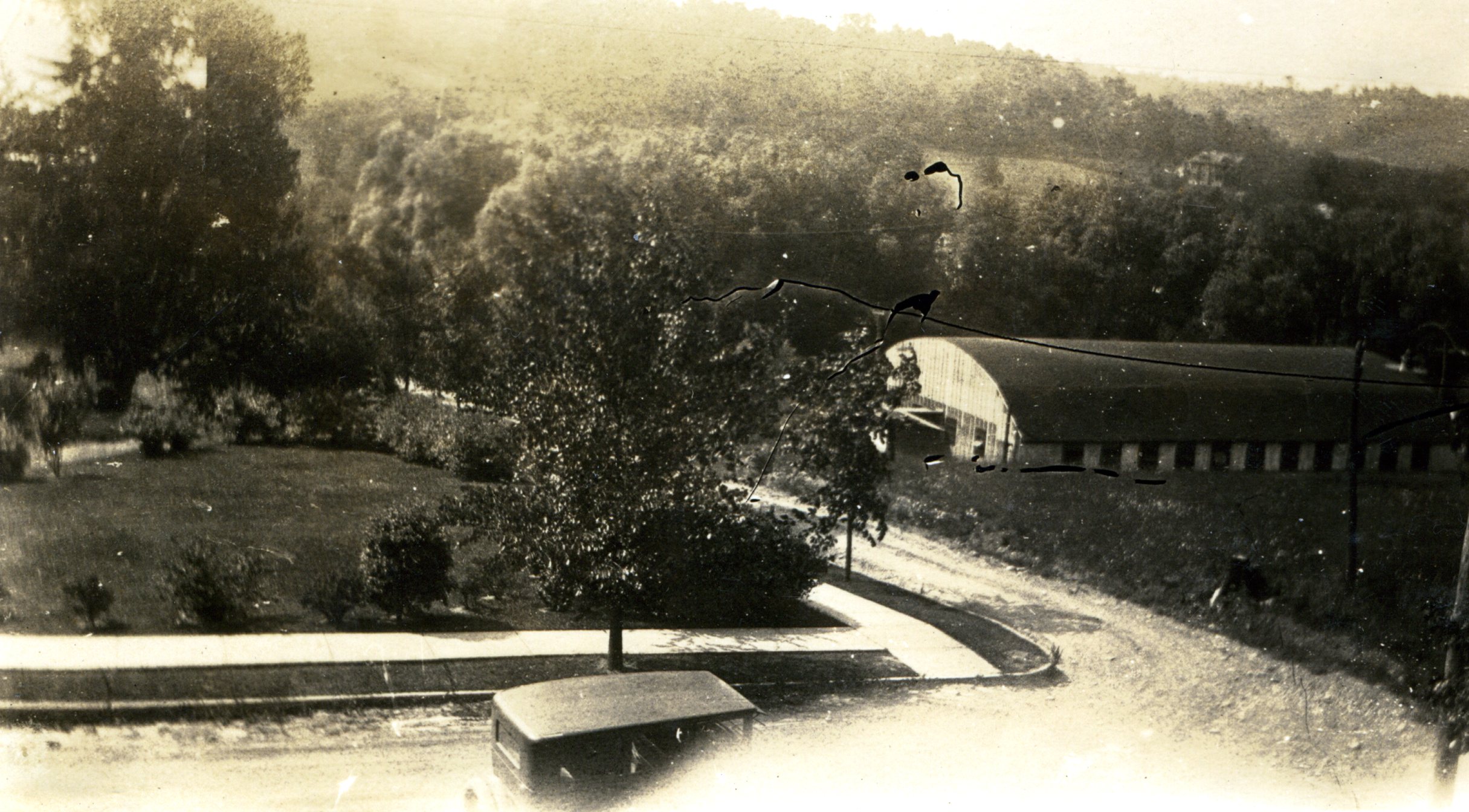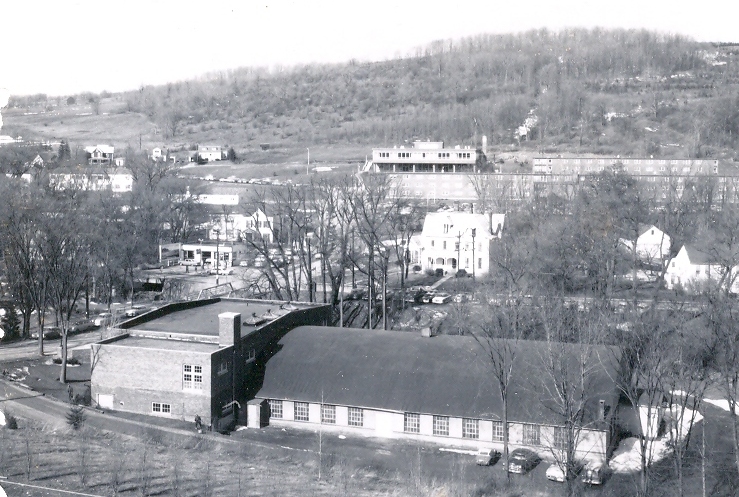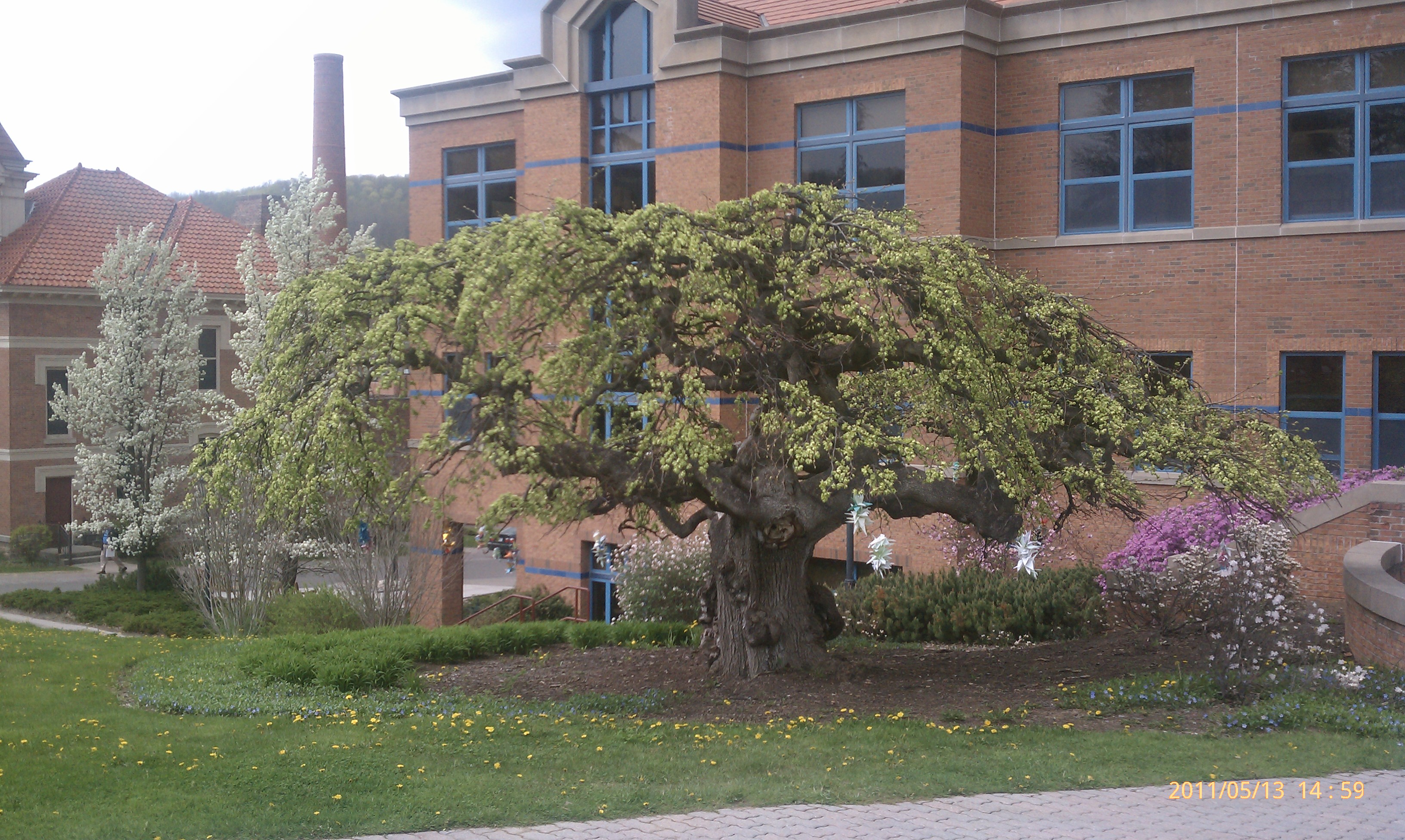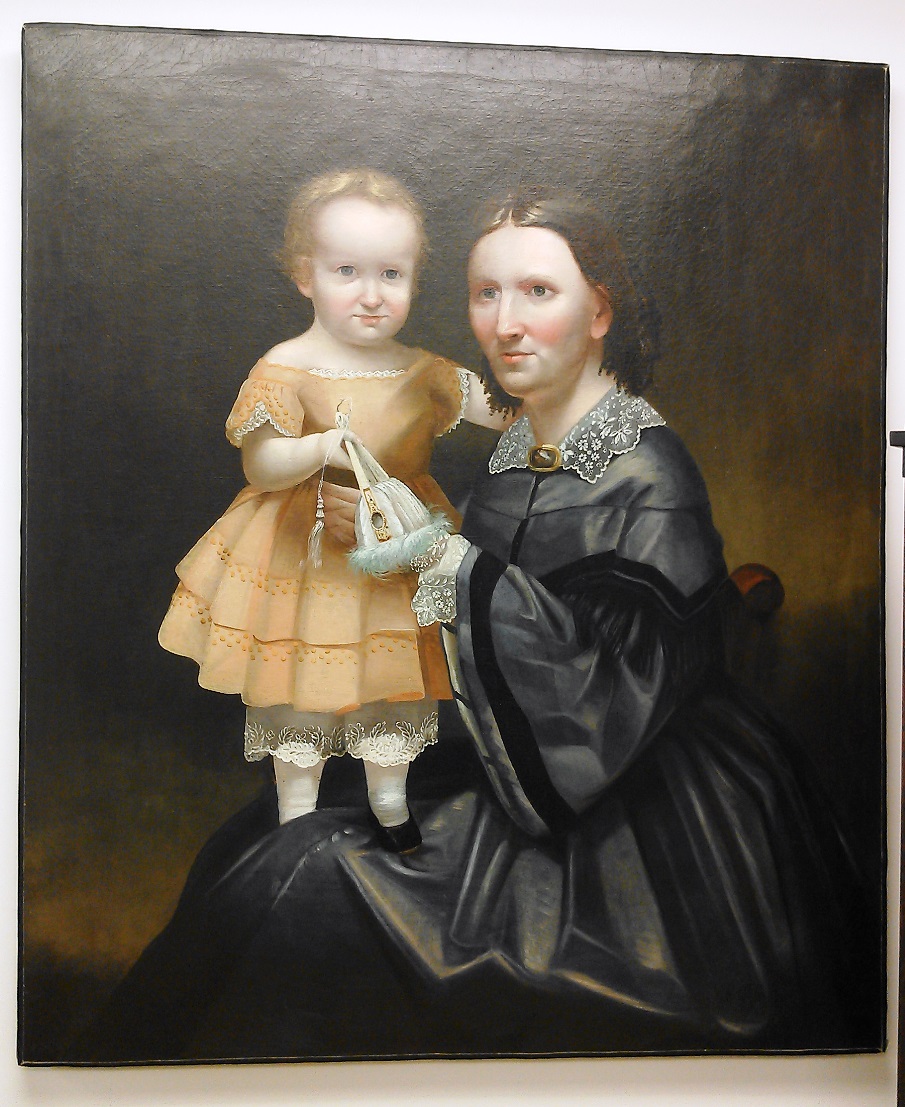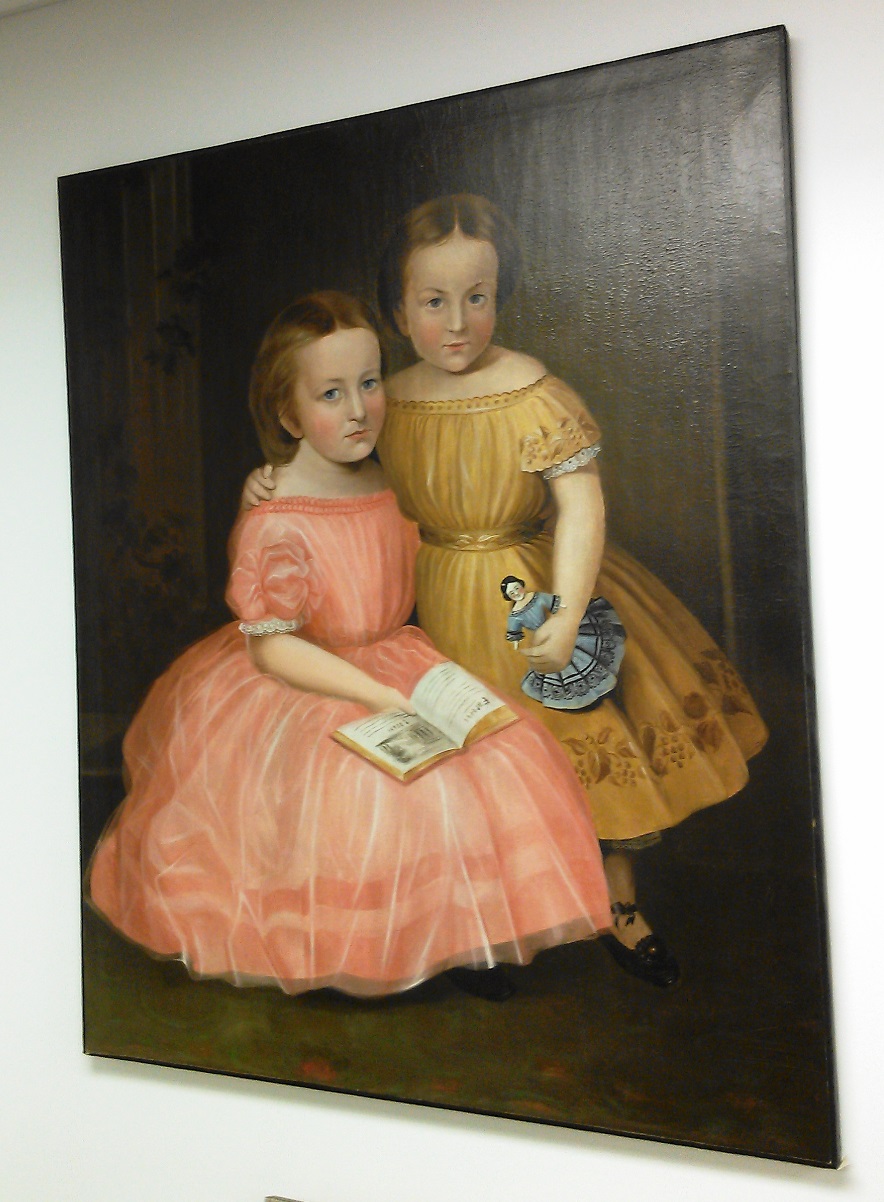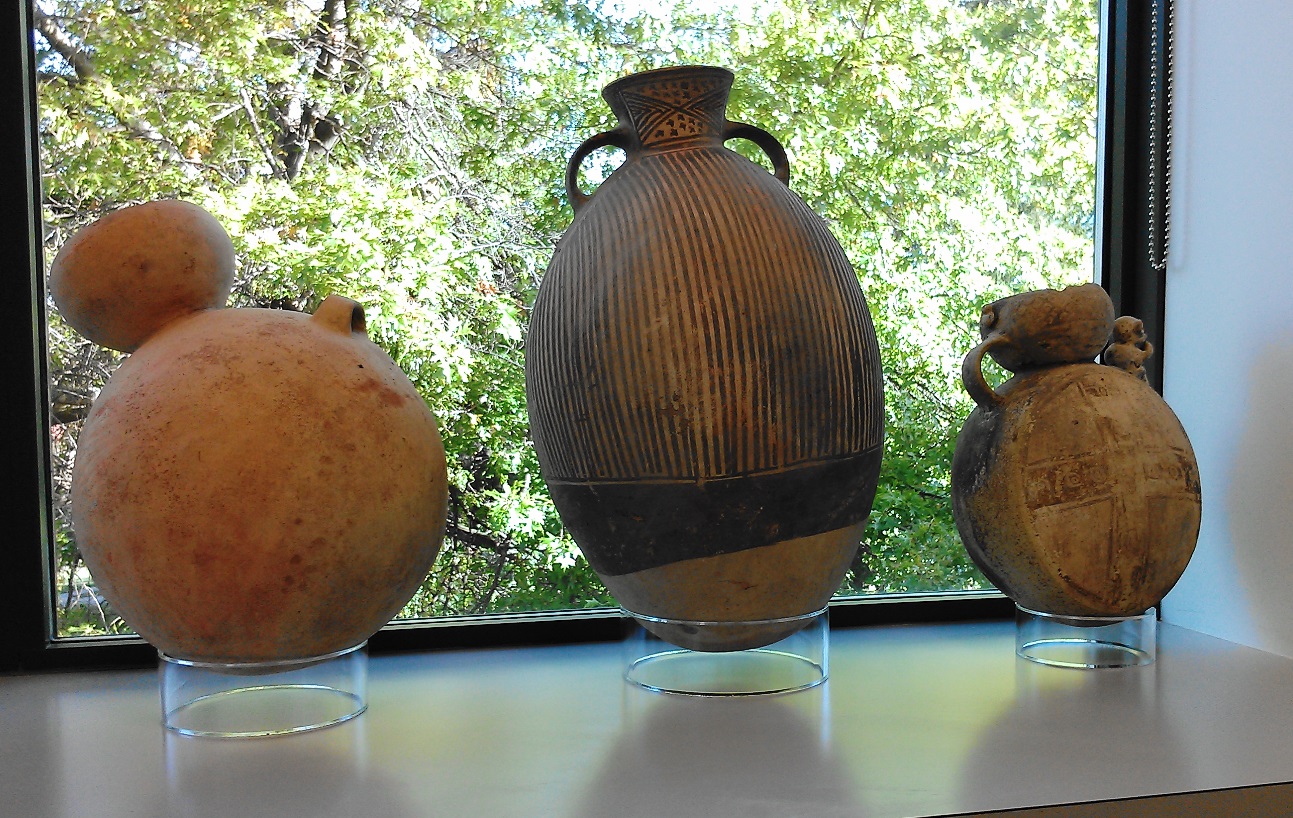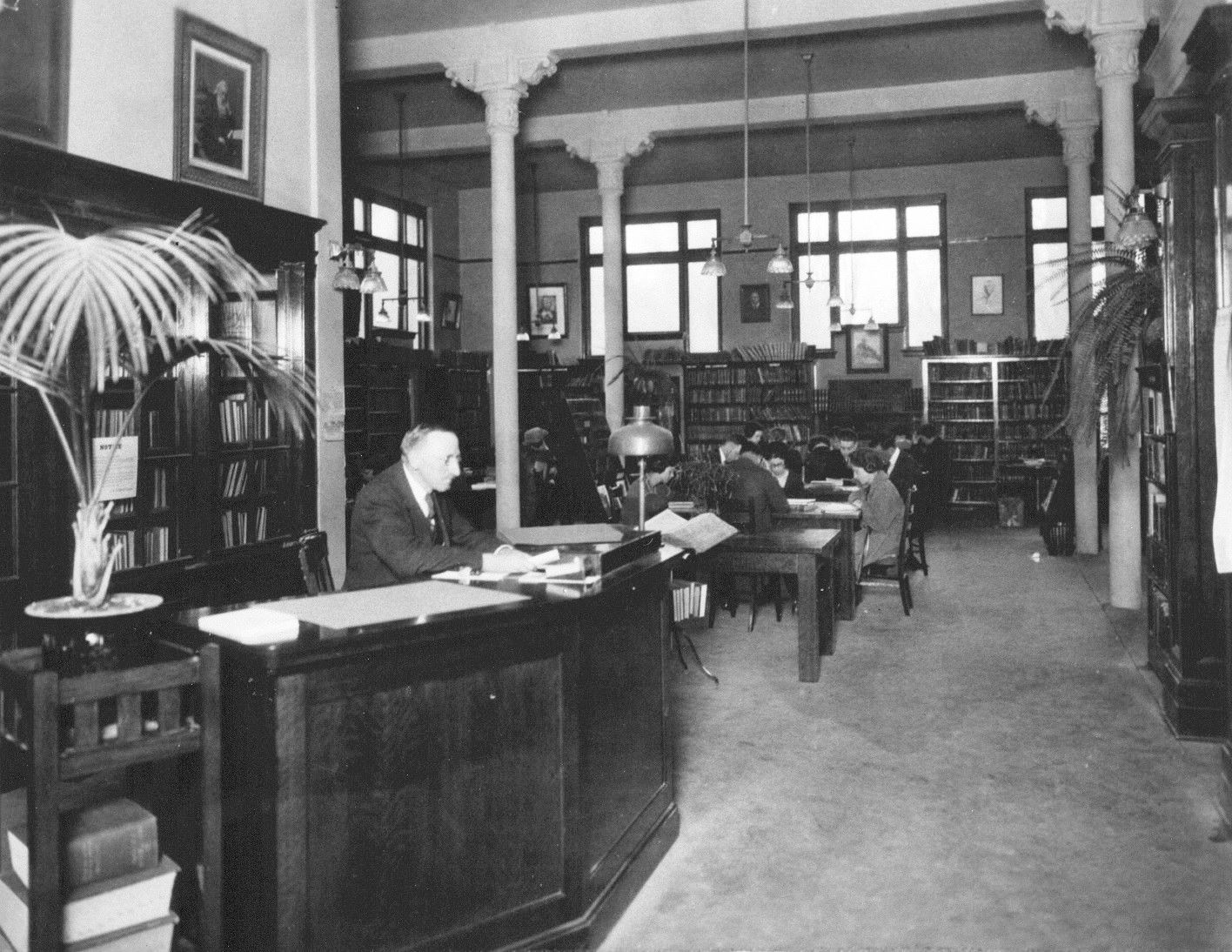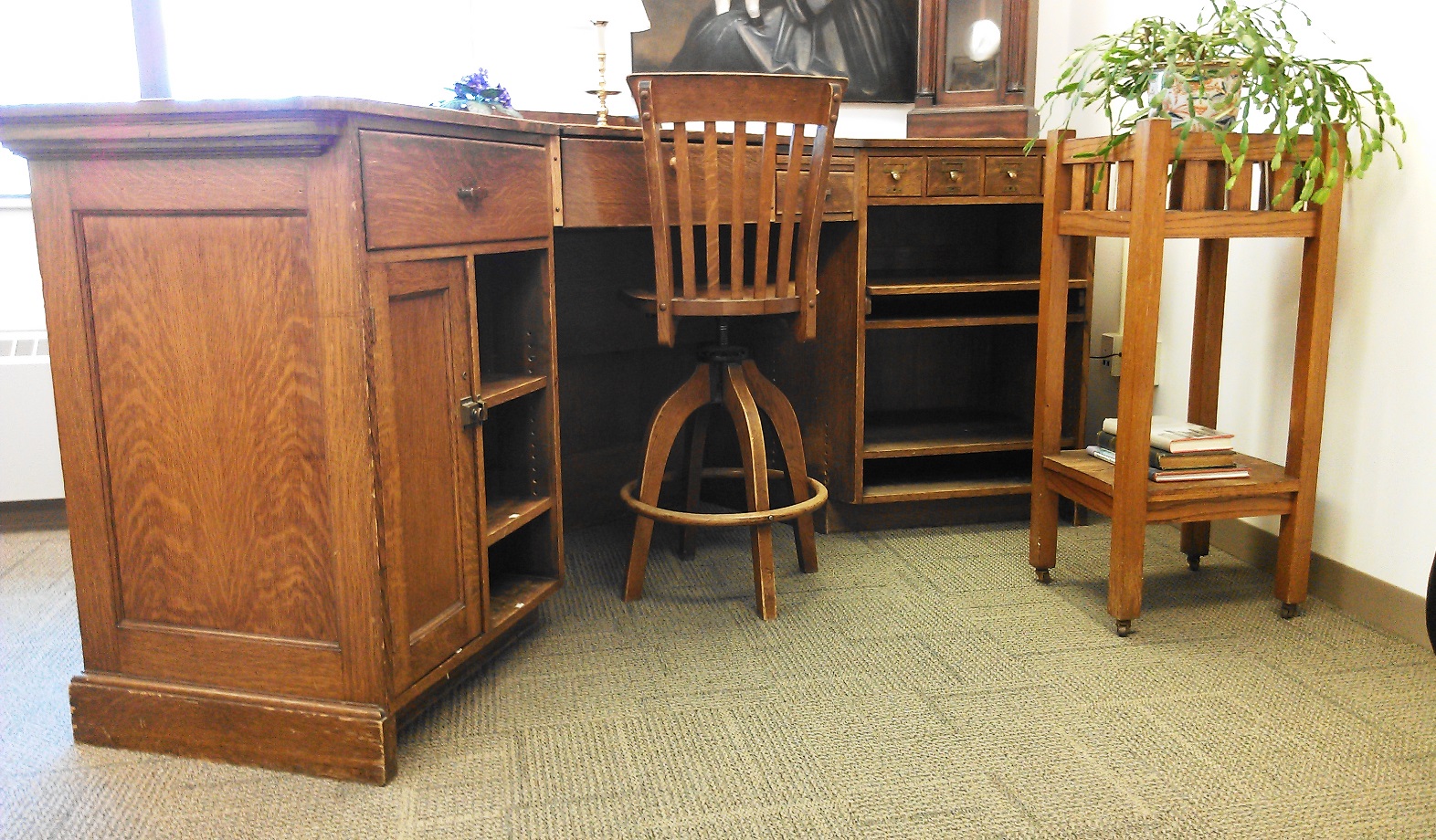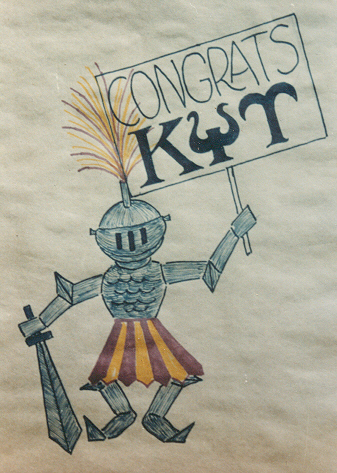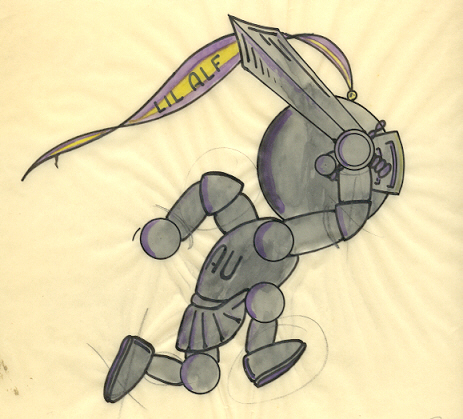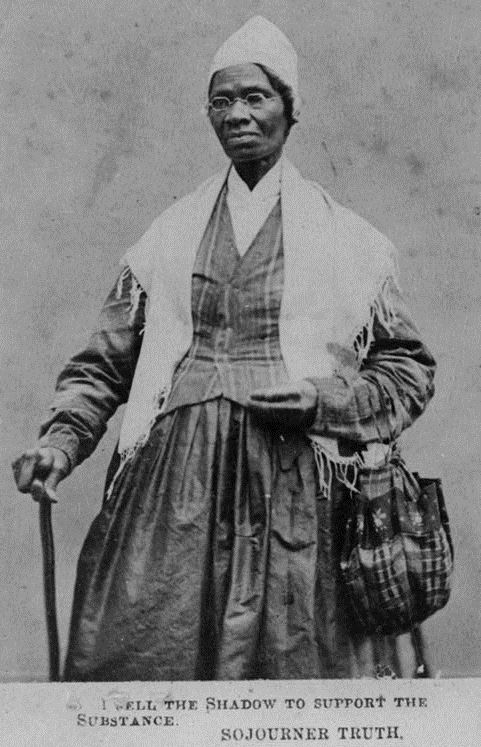
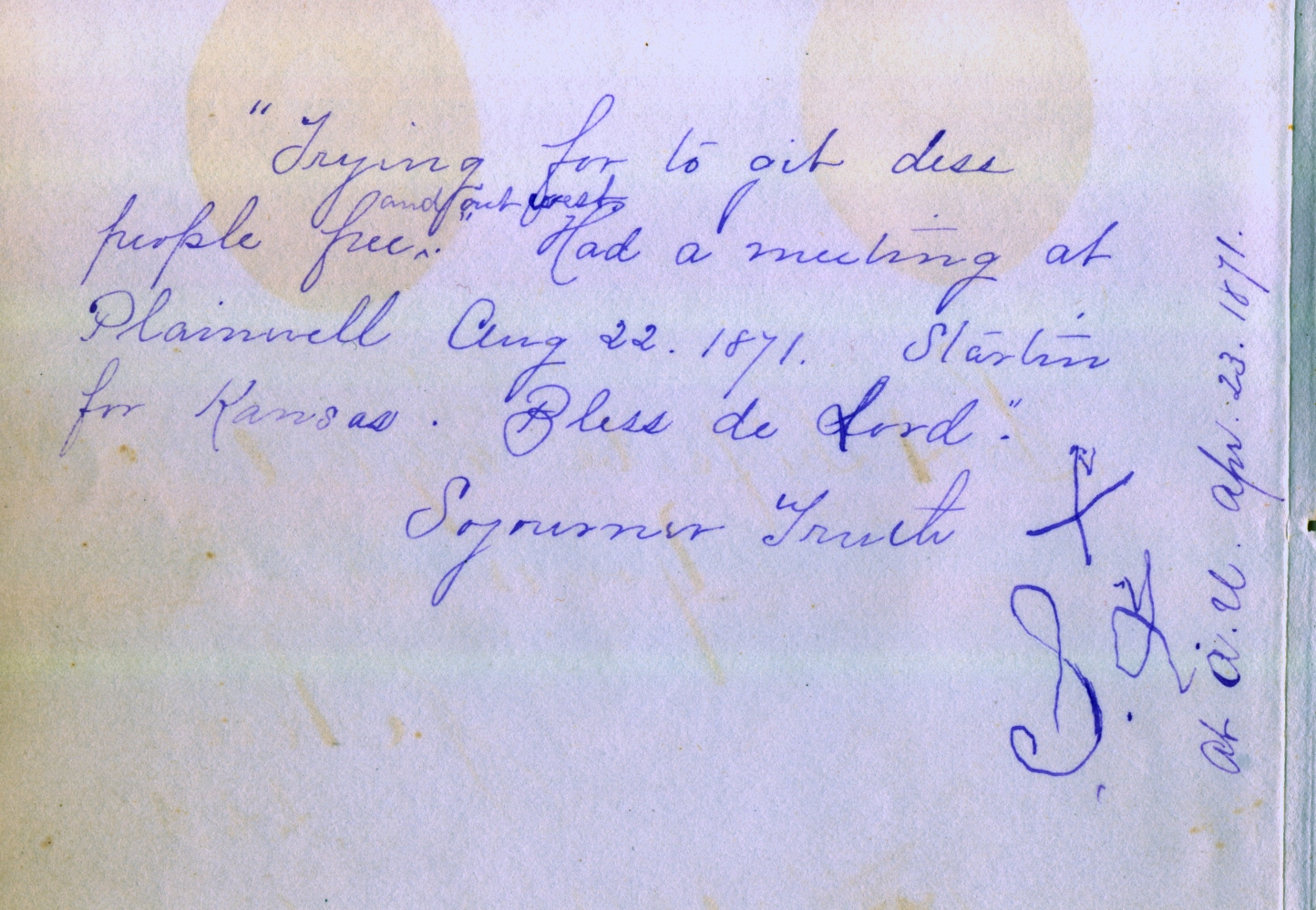
Sojourner Truth is an important and interesting historic figure in the history of New York State and the United States. Born Isabella Baumfree, she spent the first 29 years of her life as a slave in the Hudson Valley area, then escaped with one of her children in 1826. She later became a women’s right activist and outspoken abolitionist. On Saturday, April 22, 1871 she spoke in Alfred at the Seventh Day Baptist church. The University Archives has primary sources documenting her visit, including the entry shown above in student Jose Copp’s autograph album. Although illiterate her entire life, Sojourner Truth was able to memorize pen strokes to leave her “signature” and mark.
Asa Burdick, a local farmer, recorded her visit in his diary: “Attended church as usual — some 8 persons were baptized today — Instead of the Sab[bath] school, the time was given to a colored lady called ‘Sojourner Truth’ in the interest of the colored people of our country.”
Asa was a member of the Seventh Day Baptist denomination which worships on Saturdays. Its members founded the town of Alfred in 1808 and started the Alfred Select School in 1836. They were also strong abolitionists, often speaking out against slavery as well as the treatment of the Native Americans.
University student, Vernon Babbitt, also attended the lecture. His diary entry says “I go at 8 1/2 o’clock to hear a sermon from Sojourner Truth who is an old negrow woman between 80 and 90 years old and has no learning, cannot read. She gave us a good sermon, her voice is strong and she talks well. She is working for the good of her race, wants them to have a tract of land and settle down and learn how to work.”
[Image of Sojourner Truth from the Library of Congress]
-
Recent Posts
Recent Comments
- Gina L on Simpler Speling
- Autumn McLain on Senior Art Shows
- valerieholmesauthor on English Paneling

